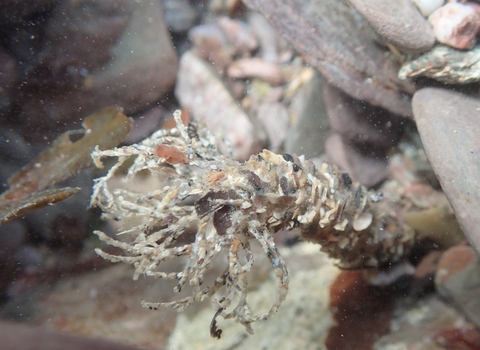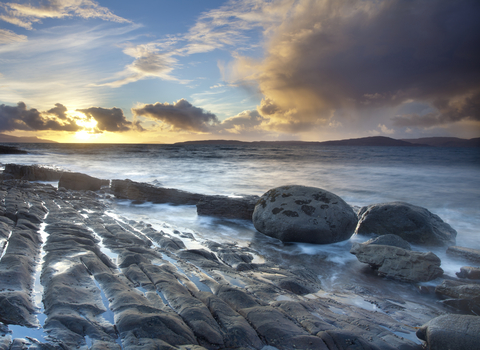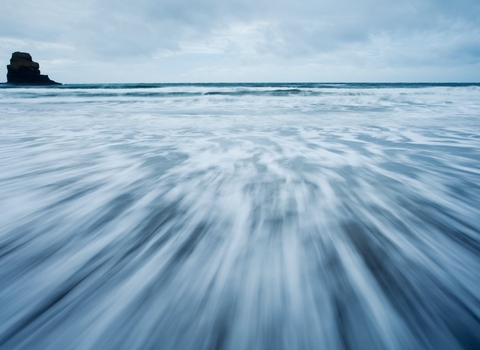Sand mason worm ©Nigel Phillips

Sand mason worm ©Devon WT
Sand mason worm
This worm builds its own home out of bits of shell and sand. It can be spotted on the shore all around the UK.
Sand mason worm ©Nigel Phillips

Sand mason worm ©Devon WT

Mark Hamblin/2020VISION
Memberships help us campaign for better protection and management of our seas.
Receive our monthly newsletter packed with marine conservation news from around the world!

Mark Hamblin/2020VISION
Plastic-strewn beaches, fisheries on the verge of collapse and the ever growing effects of global climate change.